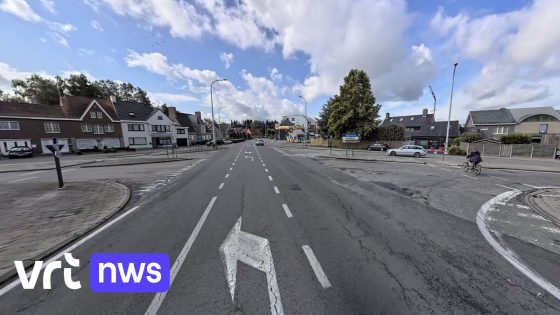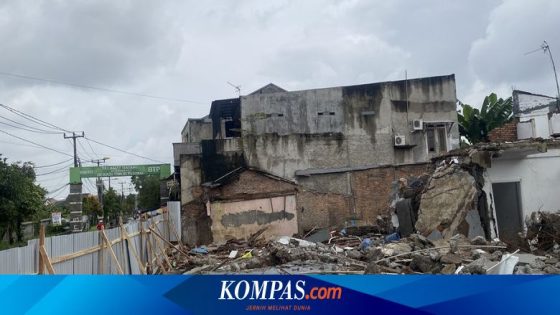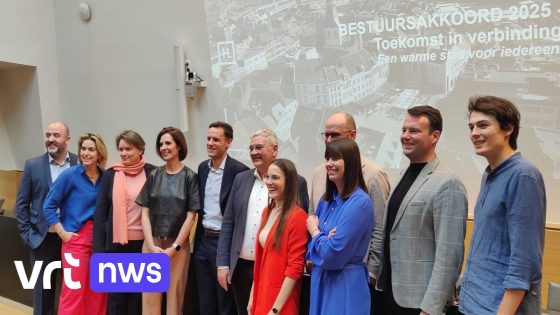On February 20, 2025, a significant reduction in traffic casualties was reported in Flanders, with a remarkable 28% decrease attributed to improved safety measures at dangerous intersections. But is infrastructure alone enough to ensure road safety? Human behavior plays a crucial role in this ongoing challenge.
- Safe infrastructure only partially solves traffic issues.
- Human behavior significantly contributes to accidents.
- Increasing incidents with electric bikes and scooters.
- Urban sprawl complicates safe intersection design.
- Limited space hinders separate bike lanes.
As the mobility landscape evolves with more electric bikes and scooters on the roads, it raises questions about how we can further enhance safety at these critical junctions.
Improving Road Safety: The Role of Infrastructure and Behavior
Can better infrastructure alone solve our traffic problems? While safer roads are essential, human actions such as drunk driving and ignoring traffic signals remain significant risks. As new forms of transport become popular, the need for comprehensive solutions grows.
The Impact of Urban Design on Traffic Safety
Poor urban planning complicates efforts to create safe intersections. In Flanders, many junctions are overcrowded due to spatial disorganization, limiting options for dedicated bike lanes or turning lanes for cars. This congestion makes it challenging to implement fully conflict-free traffic light systems.
Key Challenges Facing Road Safety Initiatives
The following factors hinder effective road safety improvements:
- Lack of space for separate bike paths
- Increased accidents involving electric bicycles and scooters
- Persistent reckless driving behaviors
- Difficulties posed by urban sprawl and congestion
The Need for Comprehensive Solutions in Traffic Management
A multifaceted approach is necessary to tackle these challenges effectively. Stakeholders must focus on both infrastructure upgrades and public awareness campaigns that address risky behaviors among drivers and cyclists alike. How can communities work together to promote safer road habits?
Future Directions for Safer Intersections
The future of road safety lies in collaboration between government bodies, urban planners, and citizens. By prioritizing education on safe driving practices while enhancing physical infrastructure, we can pave the way toward safer streets for everyone—drivers, cyclists, and pedestrians alike.































